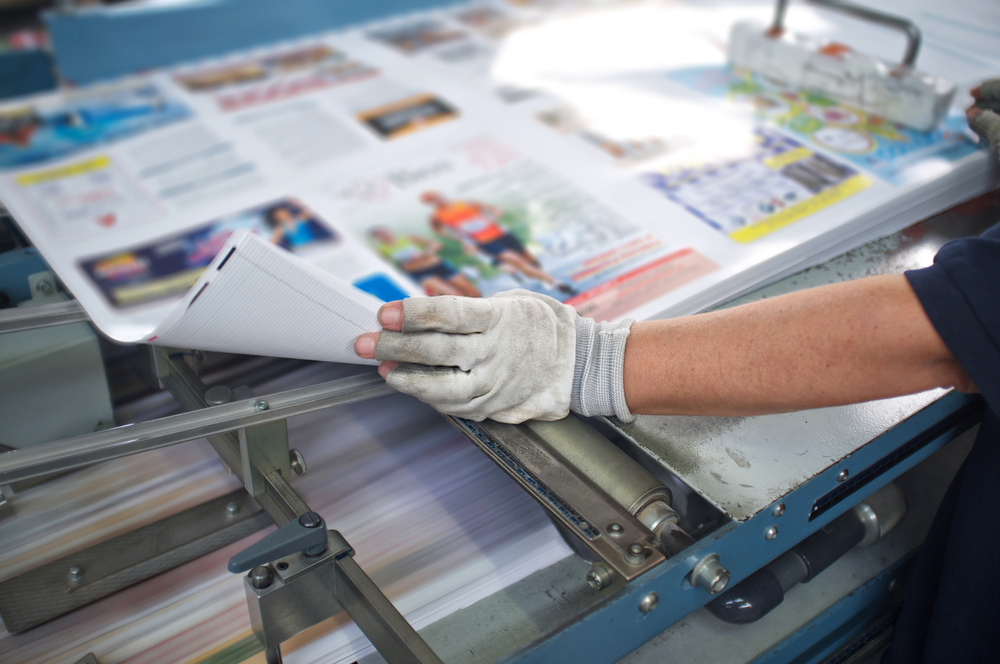Choosing the right printing method can make a significant difference in cost, quality, and efficiency for your business. Digital and offset printing each offer unique benefits that cater to different project types and budgets. Here’s a guide to help you decide which option—digital or offset printing—best fits your business needs.
Understanding Digital Printing
Digital printing is a modern printing technique that uses digital files to produce images directly onto various media. This method is highly versatile, allowing for quick turnaround times and customization for small runs. Businesses often choose digital printing for short-term projects, promotional materials, or items requiring variable data, such as personalized invitations or business cards. Additionally, digital printing typically has lower setup costs, making it ideal for startups or small businesses with limited budgets.
The Advantages of Offset Printing
Offset printing, a traditional technique, involves transferring ink from a plate to a rubber blanket before applying it to the printing surface. This method excels in producing high-quality images with consistent color accuracy, making it a favorite for large-volume print jobs. Offset printing is often more cost-effective for larger runs, as the cost per unit decreases with higher quantities. Businesses that require professional marketing materials, such as brochures or catalogs, may find offset printing to be the superior choice for its quality and durability.
Choosing the Right Option for Your Business
When deciding between digital and offset printing, consider factors such as project size, budget, and desired quality. For smaller, customized jobs, digital printing may be the best option. In contrast, for larger projects requiring high-quality output and color consistency, offset printing may be more beneficial. Assessing your specific needs will help ensure you select the most suitable printing method for your business.
The choice between digital and offset printing ultimately depends on your project’s size, budget, and quality requirements. Digital printing is ideal for small runs, quick turnarounds, and customized projects, making it a go-to for startups or businesses with frequent, short-term needs. On the other hand, offset printing excels in large-volume projects with high-quality, consistent results, especially for materials like brochures or catalogs. By evaluating your goals and budget, you can select the printing option that will provide the best return on investment and help your business make a lasting impression.


